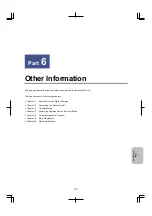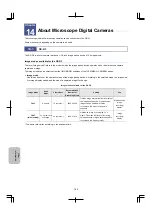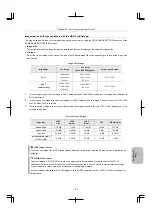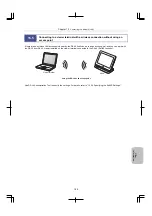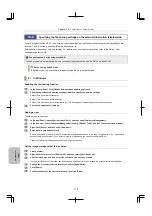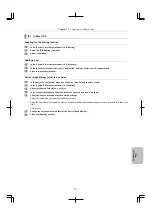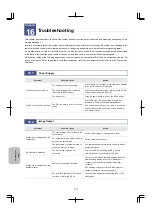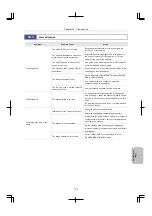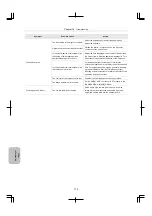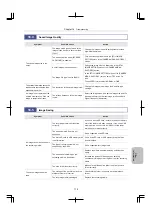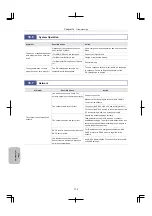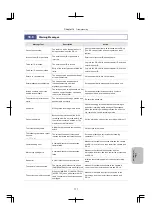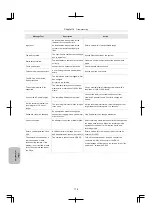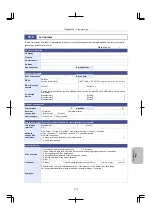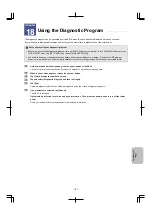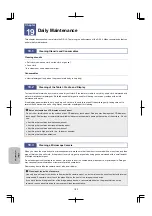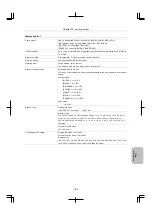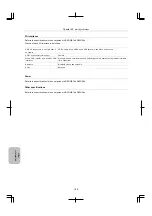
Chapter 16
Troubleshooting
174
O
ther
Informat
ion
Symptom
Possible Cause
Action
The contrast is low.
The illumination is too bright or too dark.
Adjust the brightness of the illumination properly.
Adjust the exposure.
Light around the subject affects contrast.
Darken the interior, or place caps on the binocular
eyepieces of the microscope.
In the optical device (microscope) side,
the setting of field diaphragm and
aperture diaphragm is incorrect.
Adjust the field diaphragm to a size that circumscribes
the field of view. Adjust the aperture diaphragm to 70 to
80 percent of the numerical aperture of the objective.
In the optical device (microscope) side,
filter selection is incorrect.
For a phase contrast microscope or interference
microscope (dual beam or multiple), insert the specified
filter. For negative-positive images, generally, inserting
a green interference filter (GIF) improves contrast.
Inserting a complementary color filter of the color of the
specimen increases contrast.
The contrast of the subject itself is low.
Consider the illumination or microscopy method.
The image adjustment is incorrect.
Set the CHRM, HUE, contrast, or SFT properly in the
[CAMERA MENU: IMAGE] window.
The image quality is poor.
The camera gain is set too high.
Noise due to high camera gain results in a coarse
image. Adjust the brightness adequately, and then
adjust the camera gain and the exposure time.


